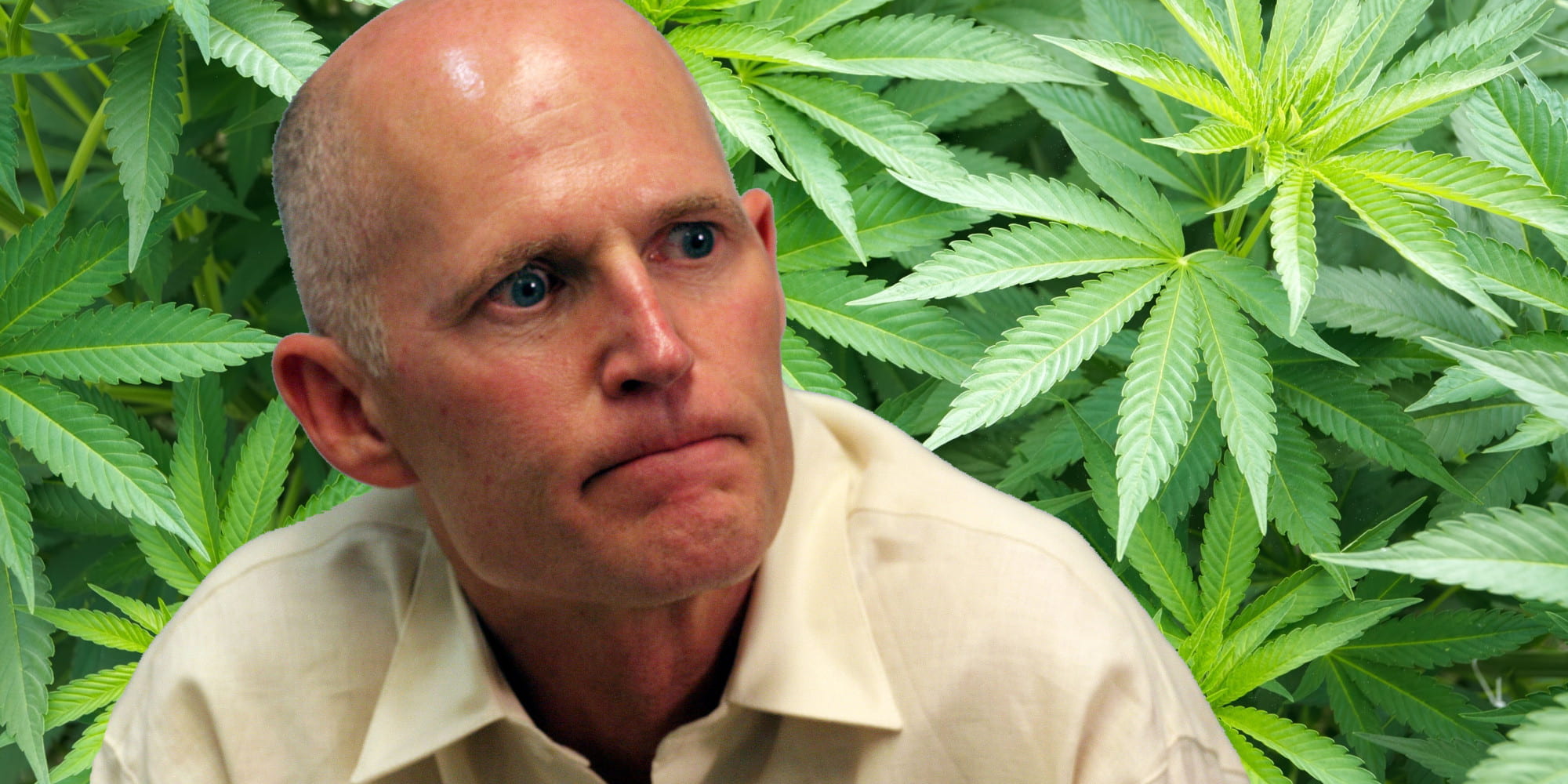Christopher Stauffer
Central Bureau Chief
I strongly support the use of medical marijuana in any and all forms without a limitation to the method of administration. The patient and the practitioner should decide on the most appropriate method of administration, not the government.
Though medical marijuana is now legal in Florida, the legislature has agreed with a bill that the governor signed, to ban smoking medical marijuana.
I do not know how many healthcare practitioners are sitting in the legislature but I do not believe it is appropriate that the government should be deciding how pharmaceuticals are prescribed to patients.
In 2016, 71 percent of the Florida voters supported my stance on the use of medical marijuana.
Based on the verbiage of the amendment, “A ‘yes’ vote supported legalizing medical marijuana for individuals with specific debilitating diseases or comparable debilitating conditions as determined by a licensed state physician”. The voters did not limit any method of administration.
The state was given nine months to begin issuing ID cards and licenses for dispensaries. On June 23, 2017 Governor Rick Scott approved a bill that effectively put the amendment into action.
Though the amendment that was put into place was expanded to include the use of medical marijuana to patients with cancer, HIV and AIDS, multiple sclerosis, epilepsy, glaucoma, post-traumatic stress disorder (PTSD), myotrophic lateral sclerosis (ALS), Crohn’s disease, and Parkinson’s disease, it also banned smoking medical marijuana.
Medical marijuana products can be sold as edibles, vaping, oils, sprays or tinctures. Patients may receive an order for three 70-day supplies before having to visit a doctor again to get re-examined.
The law now prohibits the administration of marijuana in a form for smoking, seeds, or flower (except for flower in a sealed, tamper-proof receptacle for vaping).
This was not a part of the initial amendment.
When the governor signed the bill prohibiting patients from smoking medical marijuana, he dismissed the integrity of the amendment that Floridians supported.
The amendment stated that marijuana could not be smoked in public places and made no mention of a ban on smoking marijuana for medical use.
Neither Rick Scott or the legislature have the ability to determine if smoking medical marijuana would be appropriate for a patient, only licensed physicians or nurse practitioners can make that call.
The use of medical marijuana is not new.
Dating back to 2737 B.C., the Emperor of China prescribed cannabis for the treatment of gout, rheumatism, malaria, and memory loss.
It was used in the treatment of stress relief throughout Asia, the Middle East, and Eastern Africa. It is documented that Americans used hemp seeds to treat inflamed skin, incontinence, and venereal disease in the early 18th century.
In 1978, New Mexico passed the Controlled Substance Therapeutic Research Act that recognized marijuana as having a medicinal purpose.
In 1989, physicians in Virginia were permitted to recommend marijuana for glaucoma and chemotherapy side effects. It wasn’t until 1996 that California legalized the use of medical marijuana. Oregon, Alaska, and Washington followed in 1998.
Currently, 29 states, the District of Columbia, Guam, and Puerto Rico have adopted guidelines approving medical marijuana.
Sixteen states permit low-THC CBD oil for medicinal use. Granted, seven out of the 29 states have a smoking prohibition but the smoking restriction was built into the amendment that was voted on by the people of the state. Florida was very clear.
Sadly, the government was not listening.
